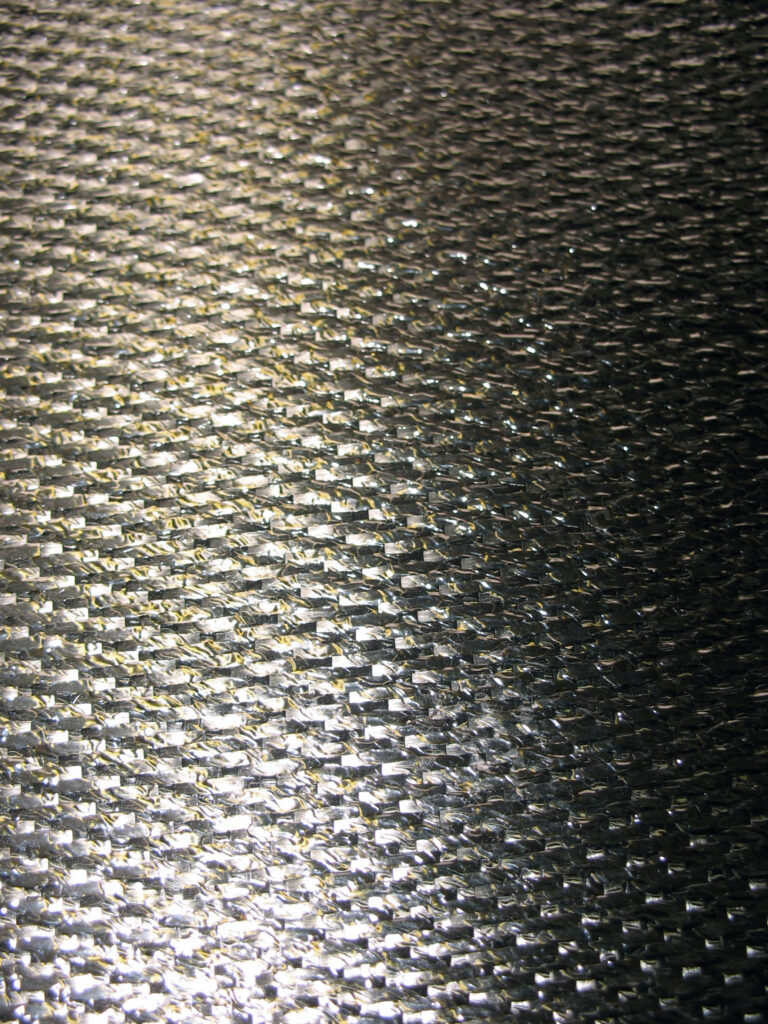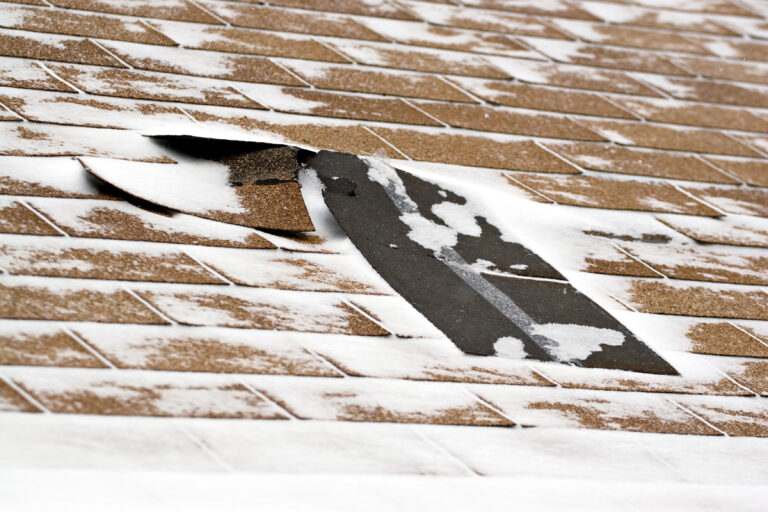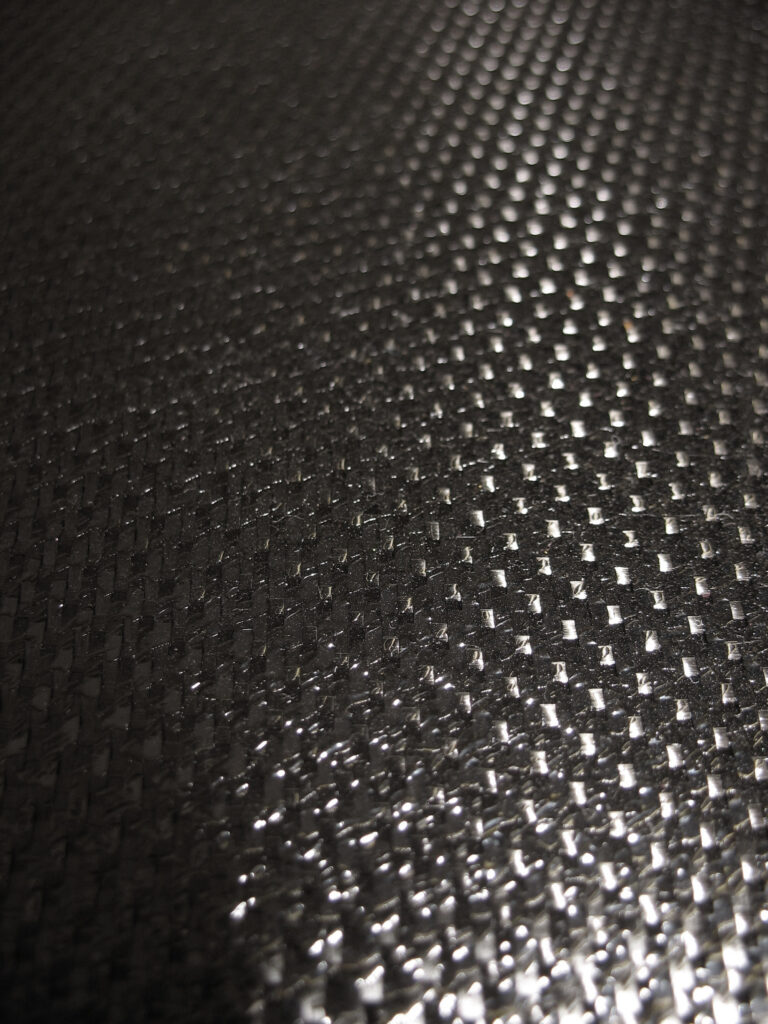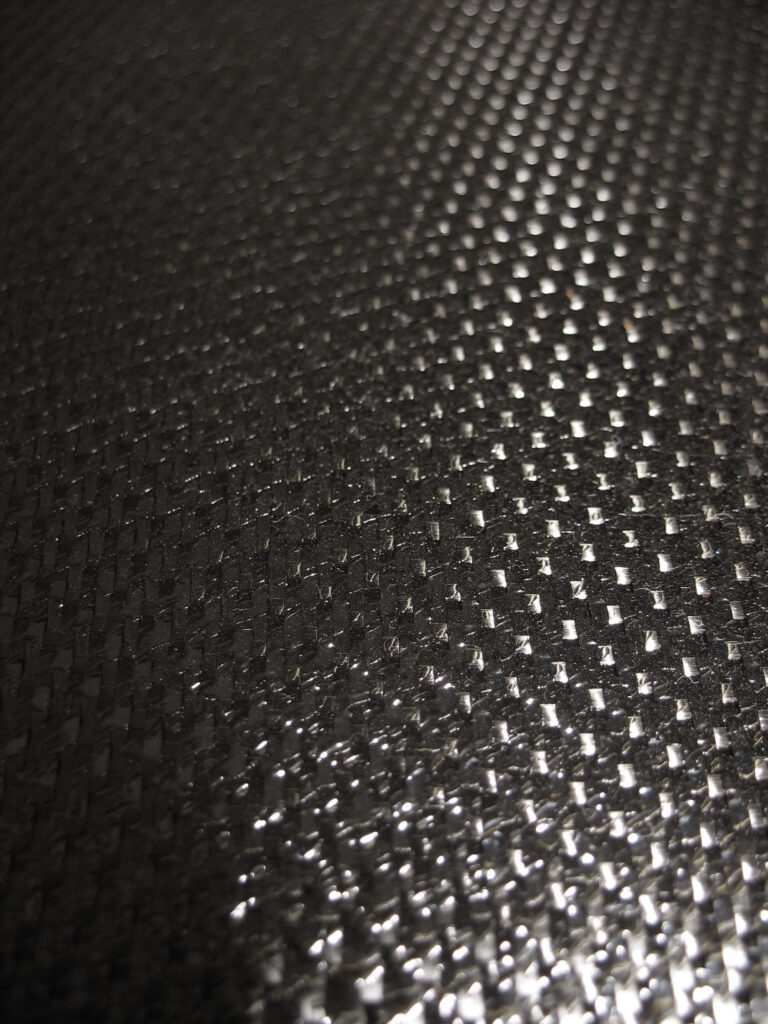Avoid Costly Repairs by Learning How To Get Rid Of Mold Yourself
Mold is a common problem that can affect any home, regardless of its age or location. While mold may not seem like a serious issue at first glance, it can cause significant damage to your property and even pose health risks for you and your family. In this blog post, we’ll explore how to identify the source of mold growth in your home, as well as DIY methods for removing mold from surfaces. We’ll also provide tips on preventing future mold growth and keeping your home mold-free.
Introduction to Mold and Its Dangers
Mold is a type of fungus that thrives in damp, dark environments. It can grow on virtually any surface, including walls, ceilings, floors, and furniture. While some types of mold are harmless, others can release spores into the air that can cause respiratory problems, allergies, and other health issues. Additionally, mold can weaken the structure of your home and lead to costly repairs if left untreated.
Identifying the Source of Mold Growth in Your Home
The first step in getting rid of mold is identifying the source of the problem. Mold typically grows in areas where there is excess moisture, such as bathrooms, kitchens, and basements. Common causes of mold growth include leaky pipes, poor ventilation, and humidity levels that are too high. If you suspect that there is mold growing in your home, look for signs such as discolored patches on walls or ceilings, musty odors, and visible spores.
DIY Methods for Removing Mold from Surfaces
Once you have identified the source of the mold, it’s time to remove it. There are several DIY methods for removing mold from surfaces:
1. Vinegar and Baking Soda Solution – Mix equal parts vinegar and baking soda to create a paste. Apply the mixture to the affected area and let it sit for 15 minutes. Scrub with a brush or cloth and rinse thoroughly with water.
2. Borax Solution – Mix one cup of borax with two cups of hot water. Apply the solution to the affected area and let it sit for 15 minutes. Scrub with a brush or cloth and rinse thoroughly with water.
3. Hydrogen Peroxide – Mix equal parts hydrogen peroxide and water. Apply the solution to the affected area and let it sit for 10 minutes. Scrub with a brush or cloth and rinse thoroughly with water.

Preventing Future Mold Growth in Your Home

While it’s important to remove mold as soon as possible, it’s equally crucial to take steps to prevent future growth. Here are some tips for keeping your home mold-free:
1. Fix Leaks – Identify and fix any leaks in pipes or roofs as soon as possible. Moisture is the primary culprit behind mold growth.
2. Improve Ventilation – Ensure that your home has adequate ventilation, particularly in areas prone to moisture buildup such as bathrooms and kitchens. Use exhaust fans or open windows to increase airflow.
3. Control Humidity Levels – Keep indoor humidity levels between 40% and 60%. You can use dehumidifiers or air conditioners to maintain these levels.
4. Clean Regularly – Routinely clean surfaces that tend to collect dust and grime, such as countertops, shower stalls, and window sills. This will help prevent mold from taking root.
Conclusion: Tips for Keeping Your Home Mold-Free
In conclusion, learning how to get rid of mold yourself can save you both time and money. By following our simple DIY methods for removing mold from surfaces and implementing preventative measures, you can keep your home mold-free and avoid costly repairs down the line. Remember to always wear protective gear when handling mold and to consult a professional if the problem persists.





